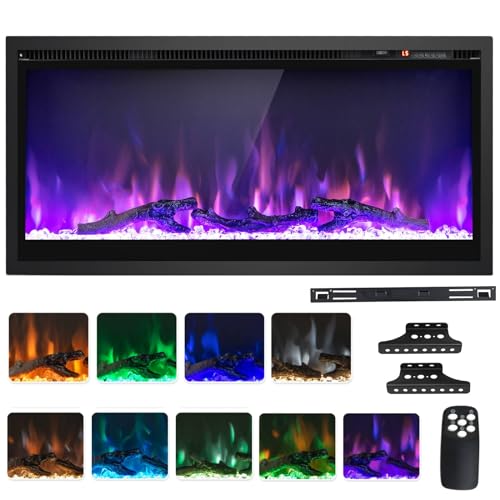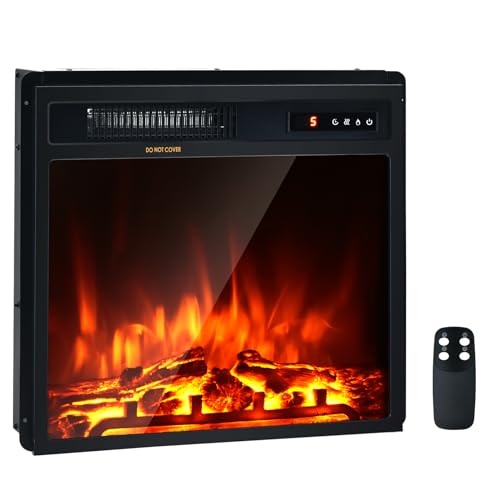20 Resources That Will Make You Better At Small Wood Burning Stove
Page Information

본문
 Installing the Very Small Wood Burning Stove
Installing the Very Small Wood Burning Stove Wood stoves are installed increasingly in homes that are smaller and more efficient in insulation. These spaces are perfect for the smallest wood-burning stoves. They can provide significant benefits for well-being.
Wood stoves are installed increasingly in homes that are smaller and more efficient in insulation. These spaces are perfect for the smallest wood-burning stoves. They can provide significant benefits for well-being.They are also ideal for yurts, caravans, shepherd's huts and sheds. It is important to keep in mind that you must maintain a safe distance between the stove and any combustible material.
How to install a small wood burner wood stove?
A corner wood burner-burning stove is the ideal method to heat a small house without racking up the energy bill and without using petroleum. However, installing a wood stove isn't easy. To ensure that your stove is set up correctly and safely you must follow a series of crucial steps. Before you begin, make sure you have the right tools and follow the manufacturer's instructions. It's also an excellent idea to seek advice from a certified professional.
The first step is preparing the area in which the stove installation will be made. This includes removing combustible materials and preparing the hearth foundation. Then, you can build a hearth and install the stove. A hearth is an inflammable and fire-proof layer that safeguards your flooring beneath the stove. It also serves as a solid base for the metal tubes which transport smoke and odors out of the house.
You can either use a hearth pad already constructed or design your own. The pad should be constructed from concrete or fire-resistant tiles. It must be fixed to the floor using high-temperature cement, which is readily available at home improvement stores. Make sure that the hearth is centered over the stove and complies with the side clearance requirements.
Next, you will need to decide which type of chimney pipe to choose. Choose between black single-wall or double-wall stove pipe (opens in a new tab). The decision will depend on the amount of clearance needed between your stove and combustible surfaces. The recommended distance should be determined by the manufacturers guidelines and local building codes.
If you can't locate your stove within the required distance, you can install an air shield to decrease the required clearance. However, you should check with your local fire department and insurance company to determine if this is allowed.
Another alternative is to install a fan that blasts the hot air out of the room. This will allow the stove to heat the area more evenly. Then, you can move your furniture closer to the fireplace and enjoy an inviting woodburning fireplace. Make sure you only burn dried, seasoned wood in your stove. If you don't, the ash can be dangerous to your family.
Space requirements
Wood stoves are a common choice for many people, but they need to be understood in terms of how much space they will require. The amount of space needed around the stove will depend on the size of your room as well as the amount of heat produced. If you don't have enough space for a stove, you might think about other heating sources.
The space requirements for small wood stoves can differ from one manufacturer to the next however, generally speaking it is necessary to keep at least two feet between the stove and any combustible material. Also, you should consider the possibility of combustible walls and ceilings. Additionally, you should consult with your insurance company to see what their requirements are for the stove.
In order to minimize the space requirements of a small wood stove, you can utilize venting systems that have an insulated flue pipe. This will conserve space around the stove and prevent smoke from leaking in the room. However, you should always check the guidelines of the manufacturer before deciding on the venting system you want to use for your small wood stove.
A heat shield can be used to decrease the distance between your wood stove and the combustible materials. These shields are usually available from the manufacturer of your stove and can be affixed to the back or sides of your wood stove. You can also use a double-walled flue pipe in order to minimize the space between your wood stove and combustible materials.
Metal firebacks are a good alternative for stoves with small wood sizes. It can be found at the hardware store near you. It's a great method to shield your walls from damage that is caused by fire. A fireback also helps to prevent hot embers from falling onto your floor or furniture, and can remove the need for chimney caps.
A small wood-burning stove can be an excellent option for apartments and homes with little space. This kind of stove provides efficient heating at a lower cost than other alternatives. Wood is also a renewable resource and is readily available locally.
Flue system
Flue systems act as a conduit, safely transporting gasses and smoke from the stove outside your home. These gases could build-up in the space without a flue and can pose a serious health hazard. They could also cause dangerous draught.
Choose a flue that is compatible with the dimensions and power output of your stove. The flue pipe must be at least 25% larger than the stove to allow for adequate draft and smoke passage. It is also essential that the flue system is properly constructed and insulated. A well-insulated flue pipe will prevent heat loss and help keep the temperature within the stove at a minimum, which improves efficiency.
You should also consider where your tiny wood stove will be when selecting a flue. If you plan to make use of your stove in an RV or mobile home, select one that can be removed as the unit moves. If you intend to install your stove in a permanent residence it is recommended to choose an internal system. In this case, the flue pipe would be routed through both the ceiling as well as wall of your home. You could also install an external twin wall flue system. These systems are easy to install and will cause less disruption to your home.
While you might be tempted to build your tiny wood burning stove with a chimney that has been pre-fabricated however, it is not recommended. This can be costly and potentially dangerous if not done properly. Installing a flexible flue liner is a better choice. These are available in different sizes and grades and can be cut to the size of your stove. The grade of the flue liner you select for your stove will determine the efficiency with which the gases and smoke are drawn through the chimney.
When installing the flue system, it is vital to follow the appropriate UK building regulations. These regulations specify requirements, including the distance between combustibles and flue system, the path of the flue and the size of the hearth. In addition it is essential to install carbon monoxide detectors in the area in which the stove will be installed. The device will notify you when it detects high levels of this smellless, toxic gas.
Safety precautions
Wood stoves are a popular method of heating homes, but they can also cause fire hazard if they are not correctly installed or used. Wood stoves that aren't operating and installed according to the instructions of the manufacturer cause more than 4000 fires in homes every year. Fortunately fires can be avoided by following a few simple safety measures. These precautions include proper ventilation and avoid burning trash and paper on the stove, and keeping children and pets away from the wood stove or fireplace.
A wood stove should be vented through a metal chimney that extends at least of one meter above the roof level. It should not be attached to a flue utilized by other appliances like furnace or boiler, which could cause toxic carbon monoxide to leak into your home. The chimney should also be inspected frequently to avoid creosote build-up and other hazardous conditions.
The stove should be placed at least three meters away from furniture and walls to prevent the buildup of heat and smoke in these areas. In addition the stove should be placed on a non-combustible base. A professional mason should inspect the chimney and stove made of wood on a regular schedule to ensure the chimney is clear of obstructions.
It is essential to only use seasoned, dried wood for your wood stove. Wet or green wood takes longer to burn, causes inefficient combustion, and produces large volumes of smoke. It can also make the room filled with toxic toxins, and smoke inhalation.
When preparing a fire on the wood stove, it is essential to only add a handful of pieces of dry and well-seasoned wood at a time. In the event of overloading the stove with wood, it could cause it to overheat and create an ember in the chimney. In addition trash and paper should not be burned in a wood stove as they can emit toxic fumes.
It is a good idea to test the wood stove's performance prior to each winter. Burn three or two small pieces prepared wood for a few moments. This will uncover any creosote, or other obstructions that could have gathered up in the chimney.
- PrevWhy No One Cares About Electric Wall Mounted Fires 24.12.07
- NextSee What 3 Sided Media Wall Fire Tricks The Celebs Are Using 24.12.07
댓글목록
등록된 댓글이 없습니다.
